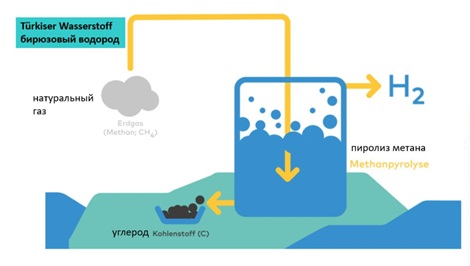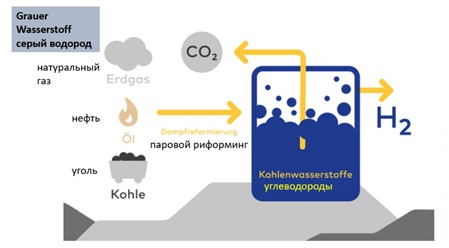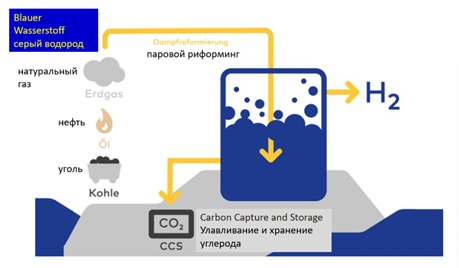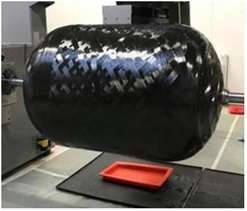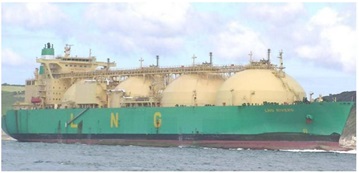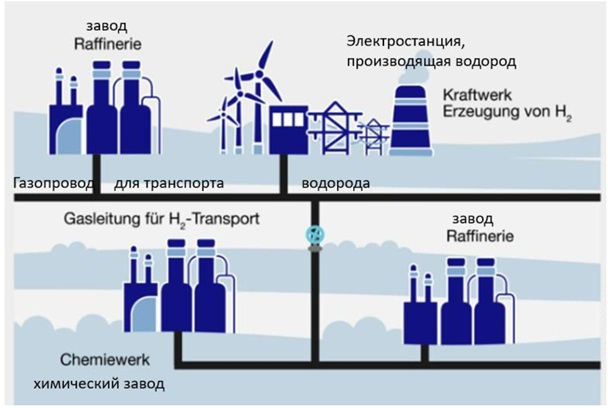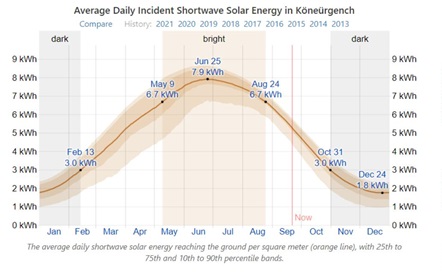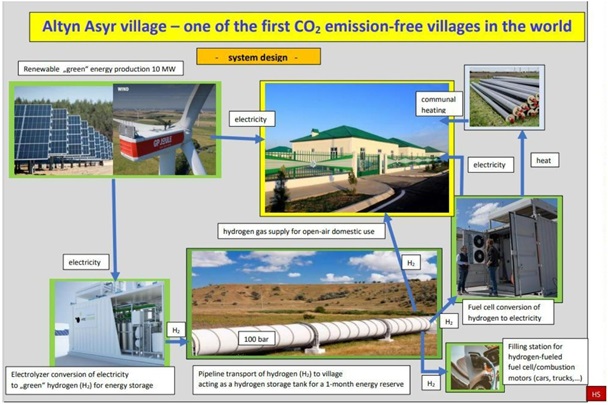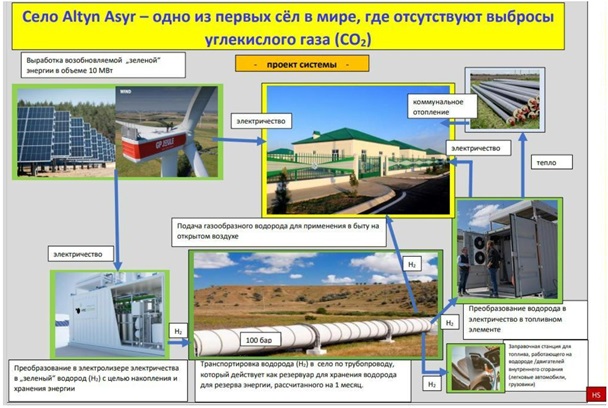Prof. em. Dr. Hanno Schaumburg, Hamburg University of Technology, Germany
Abstract
In face of the ongoing climate change process new technologies with a significantly reduced green-house gas emission increasingly gain in importance: This does not only encompass the “green” energy production and -use but practically all industrial processes used so far. In this respect hydrogen-based technologies clearly are one of the most promising options: Therefore, Germany recently started a hydrogen incentive program for the coming years with a volume of more than 8 billion Euro that will have a large impact on the highly developed industry in the country, including the priorities:
- Mass scale hydrogen production, storage, and transport
- Promotion of hydrogen-based industrial production technologies replacing older processes with a large carbon footprint.
For Turkmenistan, large capacity hydrogen energy storage facilities can become important to back up large solar/wind power facilities in periods of low power yield especially in the winter season. A viable project is proposed for the planned remotely placed Altyn Asyr village where a renewable power installation with a hydrogen-based energy storage made-in-Germany facilitates a truly autonomous and practically CO2 emission-free energy supply.
Contents:
- Introduction and basic facts
- National Hydrogen Strategy of Germany
- Production of hydrogen in different “colors”
- Hydrogen Storage
- Hydrogen transport
- Hydrogen utilization
- Hydrogen Energy Backup Storage for Renewable Energy Power Stations in Turkmenistan
- Introduction and basic facts
In my previous lecture June 2021 at this conference, I outlined the basic principles of the hydrogen energy technology in combination with the option of a large-scale energy storage using hydrogen. The driving force is the alternative-less demand for a forced reduction of CO2 emission to delay preventing a climate change catastrophe.
In the meantime, the hydrogen energy concept has reached world-wide acceptance with the result that in most developed countries large scale efforts and strategies have been developed incorporating billion Dollar/Euros investments for the coming few years.
Here I repeat in short version the basic facts concerning hydrogen technology
Advantages of hydrogen as an energy carrier:
- It can produce CO2-free energy →”environmentally clean” → decarbonization,
- “Green” hydrogen can be readily produced in large-scale (fig. 1) by all forms of renewable electrical energy, preferably using solar and wind energy in unexploited areas like
deserts, steppes, and the open sea,
- It can be used for long-term storage,
- It can be transported by pipelines.
- It is non-toxic
Challenges for present and future research that increasingly are overcome:
- It is highly inflammable and explosive,
- It can diffuse through solid materials like many metals and alloys
- It is highly volatile, can cause leakage problems
- It favors embrittlement of high strength steel, titanium,…
- It can increase material failures by enhancing crack propagation
- It has a negative Joule-Thomson coefficient: heating with gas expansion
- National Hydrogen Strategy Germany
In Germany there is a national consensus – leading to a national strategy – to create a largely CO2 emission- free society within the next decade mainly based on all kinds of renewable energy. This strategy excludes the utilization of atomic energy from the well-known reasons:
- unpredictable damages caused by serious emergencies (Chernobyl, Fukushima, and many others)
- unresolved problem of nuclear waste disposal.
The National Hydrogen Strategy Germany and the Hydrogen Action Plan Germany combine the climate-, energy-, industrial production-, transport, and innovation strategies with the target to bring Germany into a leading position worldwide. Within the Hydrogen Action Plan Germany, a frame budget of 8 billion Euro was devoted for 2021-20251); in research and development after preliminary work beginning in 2016 in 2021 a 700 million Euro program has started2) covering the following principal areas:
- Electrolyzers for a large-scale production of hydrogen (H2Giga)
- Offshore production solely for Hydrogen (H2Mare)
- Technologies for the transport of hydrogen (TransHyDE).
It must be emphasized that this investment is not only intended to satisfy the scientific curiosity, but it becomes essential for the future development of export-oriented countries like Germany. While “ecological clean” products in the past for many were related to food products of natural origin it now encompasses the whole spectrum of industrial products taking not only into account climate-change related greenhouse gas emissions (including CO2 emission, therefore “carbon footprint’”), but also all aspects of a sustainable development of material and human resources.
This does not mean less than a total revision of all existing industrial and agricultural processes which has already become a relevant factor in international investment banking.
Aspects of decarbonizing the industry have been characterized by a recent McKinsey Sustainable report8), covering the Oil and Gas-, Automotive-, Aviation and Shipping-, Steel-,Cement-, Mining, Agriculture and food industries, as well as forestry and other land use industries.
- Production of hydrogen in different “colors”
Different ways to produce hydrogen are specified by colors (source: EnBW Germany3)):
Green hydrogen (climate neutral): Fig. 1
Turquoise hydrogen (climate neutral): Fig.2
Grey hydrogen (not climate neutral): Fig. 3
Blue hydrogen (climate neutral): Fig. 4
Pink or yellow hydrogen:
Based on electrolysis using nuclear energy (not discussed here because of objections to nuclear energy, see section 2). In view of the huge German industrial capacity, it is clear, that Germany will not be able to produce enough climate-friendly hydrogen for its own demand and will be dependent on the import from abroad. With partners from sun-rich countries in Africa and Australia common projects already have been launched. Certainly, also Turkmenistan could be one of the suppliers when the hydrogen transport problem is solved.
- Hydrogen Storage
Technologies of hydrogen storage are
- Storage in hydrogen gas pipelines, see section 5.
- High pressure storage of hydrogen gas:
Fig. 5: High pressure hydrogen storage tank (photo Apex group4))
Cryogenic temperature (-253C) storage in the liquid phase:
Fig.6: Transport vessel for liquid hydrogen (photo wikipedia5))
In development:
- Storage in solids like carbon, zeolites (microporous AlO2/SiO2 compounds), metals
- Storage by adsorption in fluids like liquid organic compounds (LOHC – Liquid Organic Hydrogen Carrier)
- NH3 technology as a hydrogen carrier.
- Hydrogen transport, (source: TÜV Nord6): Fig. 7
In Germany there are encouraging investigations to use the existing natural gas pipeline network (possibly in a modified version) for a transport of hydrogen/natural gas mixtures or even pure hydrogen6).
- Hydrogen utilization
- Electricity production
- Using fuel cells for motors in cars, trucks, ships, trains, airplanes…
- Direct combustion of hydrogen fuel for heating, combustion motors, gas turbines
- Direct reduction of materials in the chemical industry, for steel production, and other application, etc.
- Domestic and industrial heating
- Many other applications in industry, public utilities, etc…
- Hydrogen Energy Backup Storage for the Renewable Energy Power Stations in Turkmenistan
In the near future a hybrid solar-wind power plant will be built in Western Turkmenistan with a capacity of 10 megawatts that also provides electricity for the planned Altyn Asyr lake settlement. In principle, this power supply could be designed in an autonomous mode, in case of an absence of solar irradiation and wind not requiring a backup from other power sources – thus saving the enormous expenses for hundreds of kilometers high-voltage power supply lines leading to this remote location.
Certainly, for an ambitious project at the Altyn Asyr location a continuous uninterrupted energy supply is essential which generally cannot be guaranteed by renewable energy sources supplied by wind and solar irradiation: The irradiance of the sun is only available at daytime, furthermore it varies throughout the year and is seriously reduced in December and January, as can be seen from data of the fairly close Köneurgench region (Fig. 87)).
Wind power also is widely unpredictable and not a reliable match for periods of reduced sunshine. Therefore, for a continuous supply of electricity a large energy storage (backup) facility is a must. As a rule of thumb about one month of the average renewable energy production should be stored. For this amount of energy storage conventional battery technology requires a volume and effort that realistically is neither feasible nor economic. Also, an emergency electricity supply provided by diesel generators, again would be uneconomical and hazardous for the environment. Therefore, for large 10-megawatt systems the most reliable and in the long run most costeffective energy storage can be implemented using hydrogen storage in an arrangement “electrolyzer – storage tank – fuel cell”, where the electrolyzer and fuel cell functions are usually combined in just one container at both ends of the hydrogen transport line, leading to the result:
- The complete process chain from renewable energy production, hydrogen storage and electricity production using fuel cells is (practically) free from CO2 emission, leading to a complete “green” energy technology that will be mandatory in the near future.
- The incident solar energy can be exploited to the full extend – excess solar energy in summer will be used in winter when it is needed.
Hydrogen storage in combination with renewable energy has the potential to make the Altyn Asyr region one of the most climate-friendly, (almost) greenhouse gas emission-free places in the world, with a lighthouse project adding to the reputation of Turkmenistan as a pioneer in climate saving technology.
The following Fig. 9 demonstrates the setup for an autonomous energy supply of the Altyn Asyr village with a hydrogen storage energy backup including a hydrogen pipeline connection serving at the same time as a hydrogen storage tank that satisfies all the demands for a practical application.
It is obvious that in a country like Turkmenistan – with large desert and steppe areas and a country wide ample supply of renewable energy using both wind and sunshine – there are many other locations with the need of an autonomous power supply including a hydrogen storage energy backup. Therefore, the development of the promising hydrogen storage technology will give a boost in the full exploitation of the vast resources of this rich country!
Literature:
1)2021 –
3)2021 – Die Wasserstoff-Farben – was bedeuten sie? | EnBW
4)2022 – https://www.apex-group.de/our-offer/storage-systems/
5)https://de.wikipedia.org/wiki/Fl%C3%BCssigerdgas
6)2021 – Wasserstoff Pipelines zum sicheren Transport| TÜV NORD – Wasserstoff | TÜV NORD
(tuev-nord.de)
2022 – https://www.scinexx.de/news/energie/wasserstoff-unschaedlich-fuer-erdgas-leitungen/
2022 – https://www.enbw.com/unternehmen/eco-journal/wasserstoff-im-erdgasnetz.html
7) Köneürgench Climate, Weather by Month, Average Temperature (Köneürgench, Turkmenistan) – Weather Spark
8) Decarbonizing the world’s industries: A net-zero guide for nine key sectors | Sustainability
| McKinsey & Company; Global-Energy-Perspective-2022-Executive-Summary.pdf (mckinsey.com)
Prof. em. Dr. Hanno Schaumburg, Hamburg University of Technology (Germany) can be reached at h.schaumburg@tu-harburg.de
/// nCa, 1 June 2022

